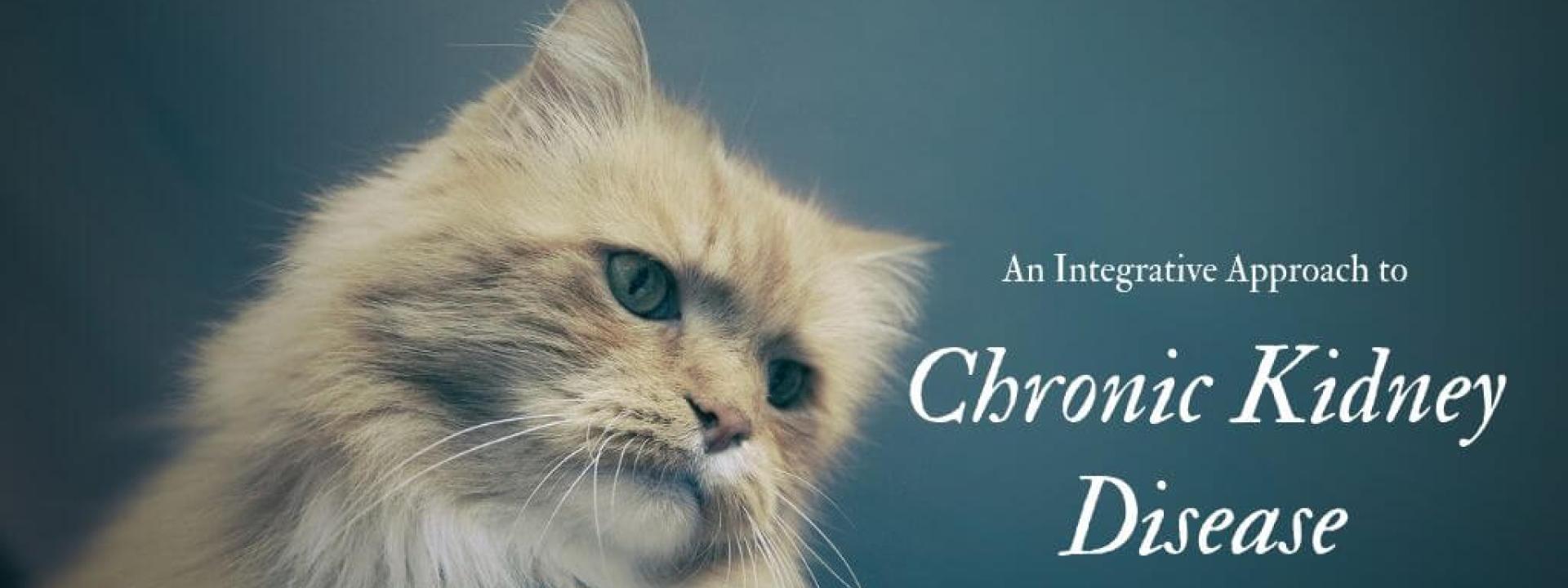In the Traditional Chinese Veterinary Medicine (TCVM) model, the kidneys are the spark that fuels metabolism. In a cooking pot analogy, the kidneys represent the fire under the pot. They warm the rest of the body. When kidney function declines, the fire dies down, and as a result, the body becomes slower, weaker, and colder.
In this case, we may see diminishing senses, like hearing, or cognitive changes, like confusion and anxiety. Declining kidney qi (or "life-energy...a fundamental force of the body, driving its every action and transformation") may also look like waning strength in the lower back and rear legs. These changes are often present long before we see changes in drinking or in laboratory tests. Since kidney qi is consumed over time, these changes are most commonly seen in older dogs and cats.

In addition to looking for the diagnosis of kidney disease using lab work, which unfortunately often detects problems late in the stage of the disease, a TCVM approach looks for changing body patterns. The diagnosis is made by taking a thorough TCVM history, discussion of lifestyle and behavior changes, a physical exam including tongue and pulse diagnosis, and evaluation for active areas on the body meridians which can indicate blockages in the kidney area. If declining kidney qi is suspected, acupuncture, herbs, and dietary changes can help slow its progression.
If the diagnosis of kidney deficiency is made when there are already laboratory changes, some Western medical modalities can be beneficial as well, such as supplemental fluids and potassium.
To schedule an appointment to address concerns for your dog or cat, please contact us!



